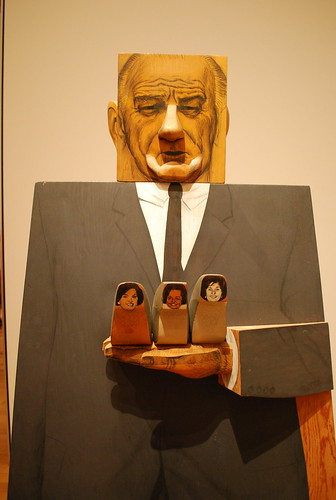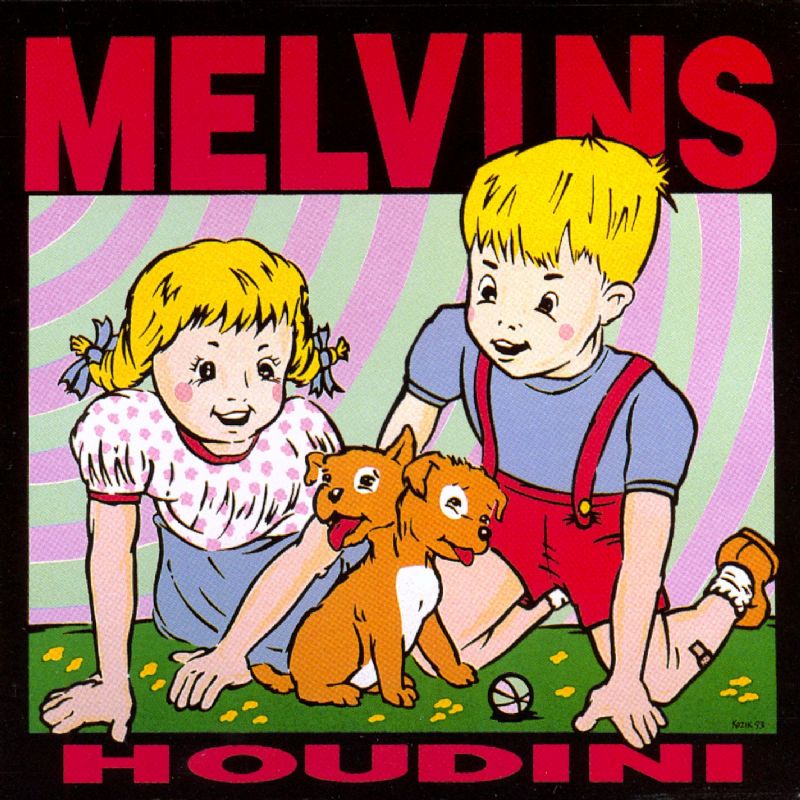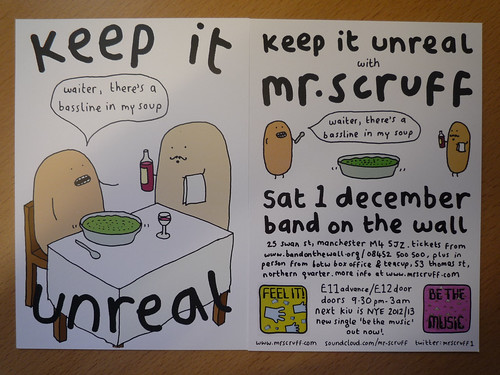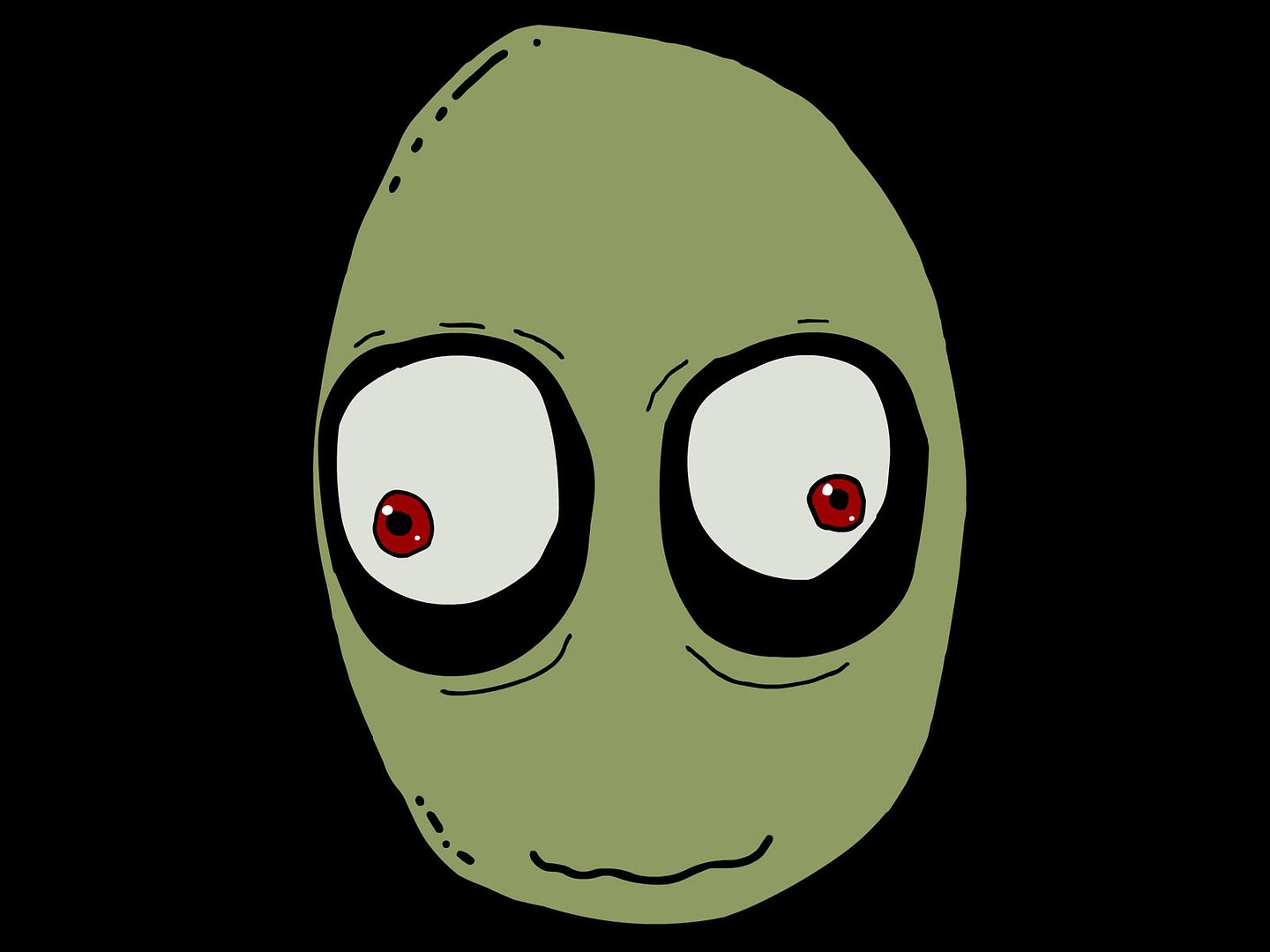From reading and analysing the themes, motifs and symbols witnessed in the novel, I have begun gathering reference to use and take influence from as I start to develop my work for the brief. Here are a few images I have collected:
Mad Men. Although set in the 50's and 60's, the attention to detail they craft within the show must be taken credit for. The corporate lifestyle these four characters have connotes to the lives of the characters within
The Big Sleep: the fashion, the cigarettes, the alcohol, the offices, etc.
I saw this video game advertised and it certainly connotes with the what the brief is asking for. Unfortunately I have not had the chance to play this game, but its imagery illustrates what's in store. Even the title shows that this game is potentially influenced from
The Big Sleep. Then again, the novel was the first of its kind and no doubt had a huge input towards the many crime stories that came after; thus making this game not necessarily a direct influence. This game also beholds a 'film noir' vibe which was a genre of crime drama created during the 40's and 50's.
The Big Sleep possesses this aspect too.
This genre of film is widely known and is always generally connoted with detective stories. The use of light and shadow are the key elements within this. They emit complete symbolism and make characters appear more so mysterious and shady. They're highlighted further with the use of monochrome, due to the period in which they were shot. The images that came from these films create the typical scenario of what an American detective must endure. These techniques can be effectively played with in making an image.
 |
| The Big Sleep (film adaptation) |
The book itself was adapted into a film. I unfortunately only got chance to see half of it, but as I've read the book, I think I'll be fine. It acquires the same 'film noir' qualities of that era and the poster itself emits the time it was made. The bold typography, the sex appeal (the female figure) and the action scenes photographed display an obvious film genre of scandal and corruption. In order to keep as authentic as possible to the period when designing the book cover, perhaps this use of composition could be very effective in visually delivering the context. It's a charming poster more than anything, as were most film posters in those days.





































